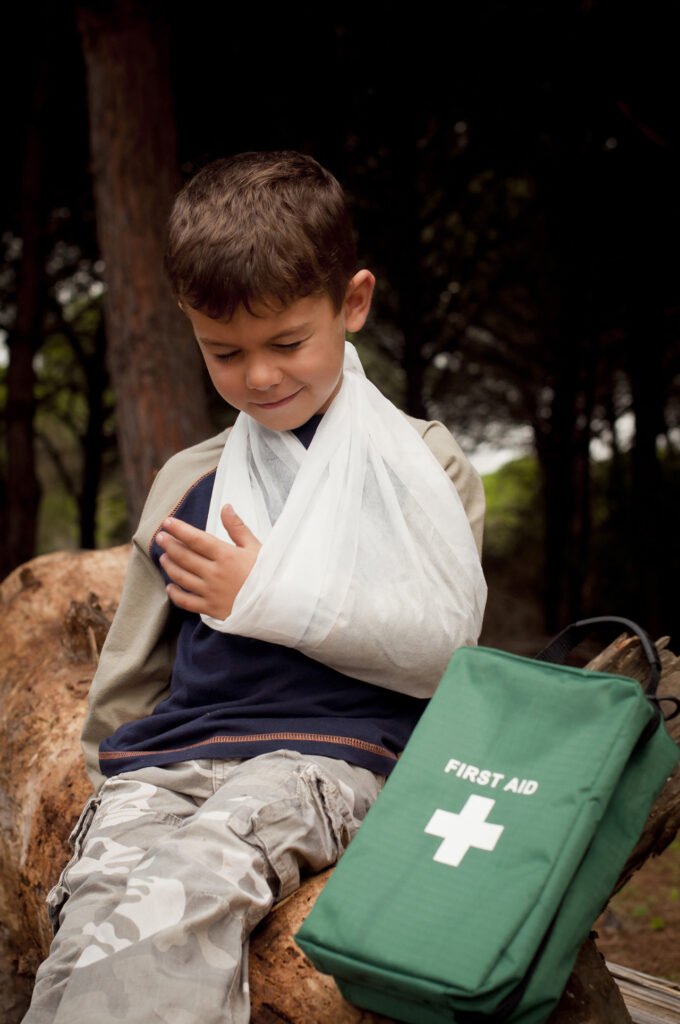
Breathing Mechanics and Physiology: Why Better Breathing Means Better Health
We breathe over 20,000 times a day, yet most of us don’t think twice about it. But if you struggle with chronic pain, fatigue, stress,

If you have ever broken a bone you know that it can be both painful and limiting to what you can do until it heals. Depending on the fracture, you may need help with certain daily activities (e.g. dressing, walking, driving), especially in the initial phase of the injury.
You often hear of people breaking a bone or having a fracture. The terms “broken bone” and “fracture” are often used interchangeably. There is no difference.
Fractures commonly occur as the result of falls, sports injuries or car accidents. Small fractures called stress fractures can occur with repeated wear. Stress fractures in the bones of the leg in runners. Older people with osteoporosis can be more prone to fractures, spontaneous or fall-related.
While they are not life-threatening they do require medical attention.

The type of fractures ranges in severity based on the force of impact and resulting injury to surrounding tissues.
If you suspect you have broken a bone you should seek medical attention and visit the ER where they can assess the injured area for mobility and to determine potential injury to the joint or blood vessels.
X-rays are the standard imaging technique used to diagnose fractures, but sometimes a CT scan or MRI may be required.
Treatment will depend on the type of fracture, the location and severity.
Initially the fracture will be immobilized to promote optimal bone healing.

Immobilisation helps:
You may be immobilized in a:
And this will depend on the location and severity of the fracture.
Sometimes the bone needs to be “realigned” and this will need to be reduced. This can be done manually with pain medication or with surgery.
Surgery may require insertion of metal pins, plates, rods, screws or wires. These can often stay in but in some cases are removed at a later date.

On average a bony fracture will take 6-8 weeks to heal, with children healing faster than adults. The healing timeline is impacted by the location and severity of fracture as well as age and general health, including factors such as decreased bone density and lifestyle factors such as smoking and alcohol consumption.
Casts may need to be worn for anywhere from 4-8 weeks and sometimes longer. The pain will typically settle before the bone has fully healed, but it is important to protect the area until it heals. Once cleared you are able to start Physiotherapy.

When you start physiotherapy after a fracture will vary depending on the location and need for casting and/or surgery. Some lower extremity fractures (femur, knee, ankle) may require longer periods of immobilisation or reduced loading whereas elbow fractures may need to be mobilized early on to prevent excessive joint stiffness which can limit function. Your physiotherapist will work alongside your surgeon or treating doctor.
At RedoHealth we practice ConnectTherapy, an approach which looks at the driver for pain and dysfunction. With fractures your driver is your site of fracture, so if you break a bone in your foot, your driver is your foot.
For those that are concerned about how their fracture might impact other areas of their body, having an assessment with a physiotherapist will help determine how your fracture may influence the rest of your body.
Your Physiotherapist will be able to prescribe exercises to work on mobility and strength in areas indirectly affected by your fracture. So if you have a history of neck or lower back pain, what can you do to manage that while you are moving or walking differently as a result of your fracture.
References:
https://choose.physio/your-lifestage/ageing-well/fractures
https://www.orthobullets.com/basic-science/9009/fracture-healing
https://orthoinfo.aaos.org/en/recovery/fracture-healing-video/

We breathe over 20,000 times a day, yet most of us don’t think twice about it. But if you struggle with chronic pain, fatigue, stress,

From Melinda… For people who come to my classes and clients who have been seeing me for a while, may have heard some of the

Meet Susan Susan recently suffered a fall attempting to lift a 2.5kg bag of soil overhead in her garden shed when she felt her leg
Sign Up Below To Get Your Free RedoHealth Guide Now

By registering, you agree to receive SMS and email communications from RedoHealth. No spam guaranteed. Unsubscribe at anytime.